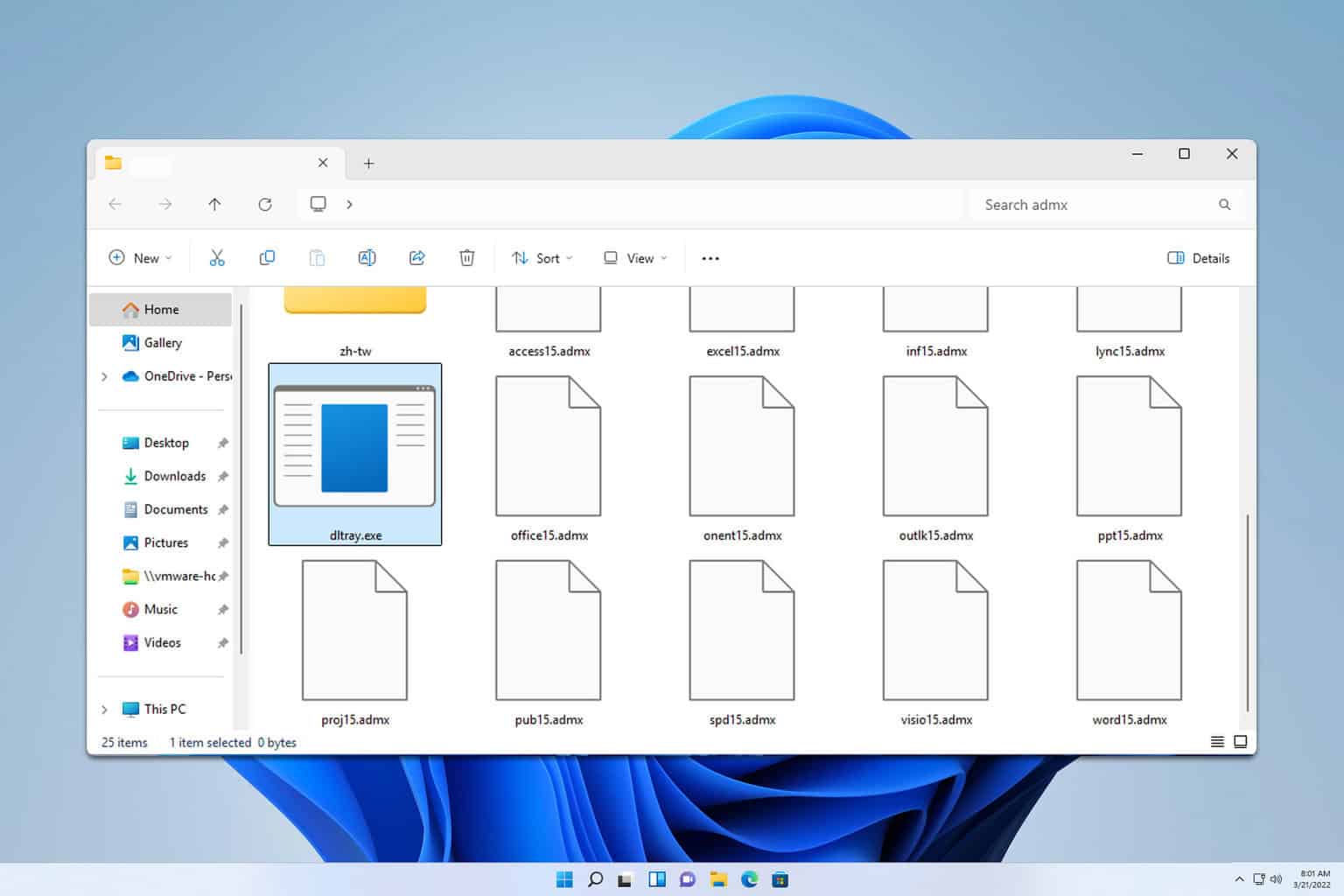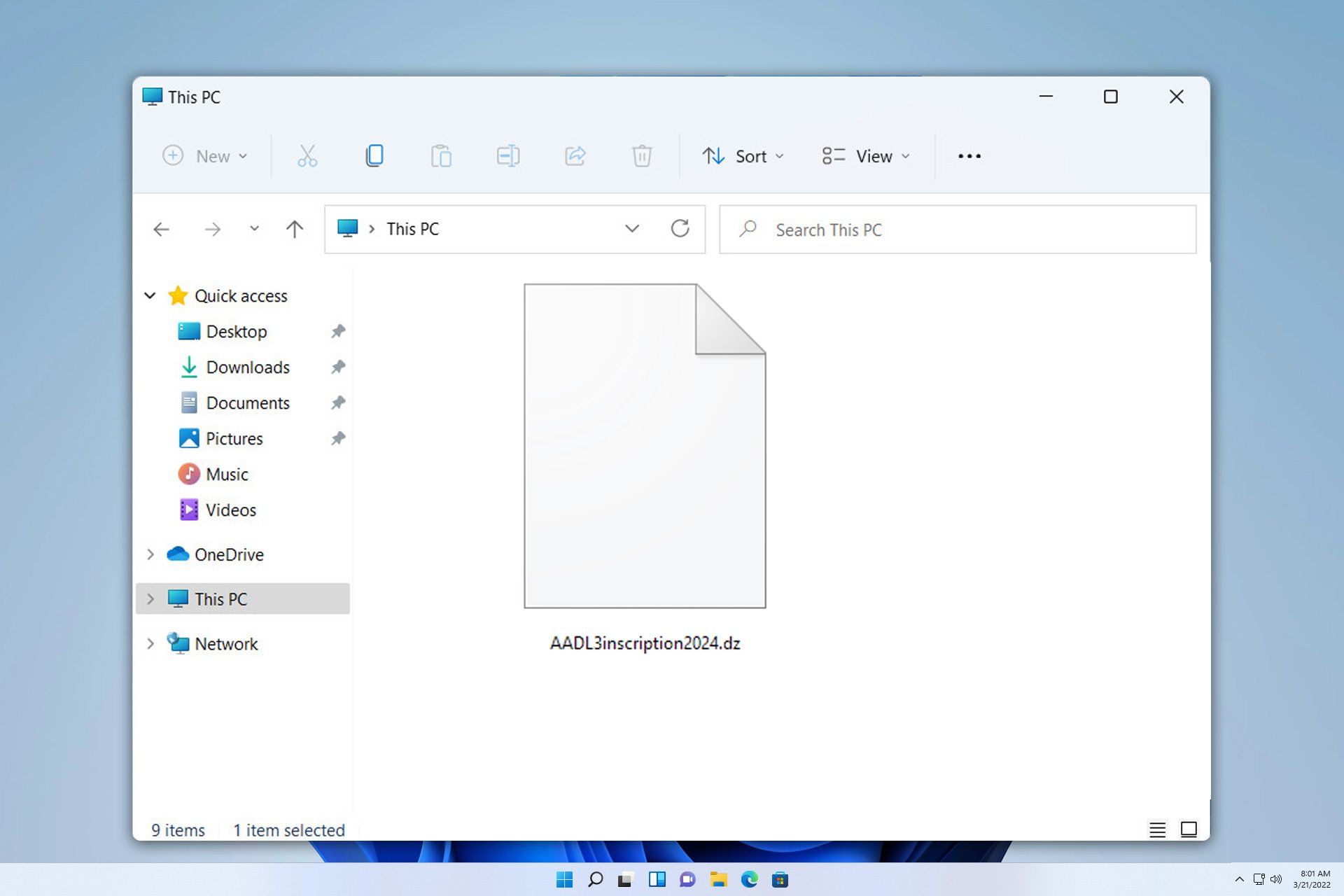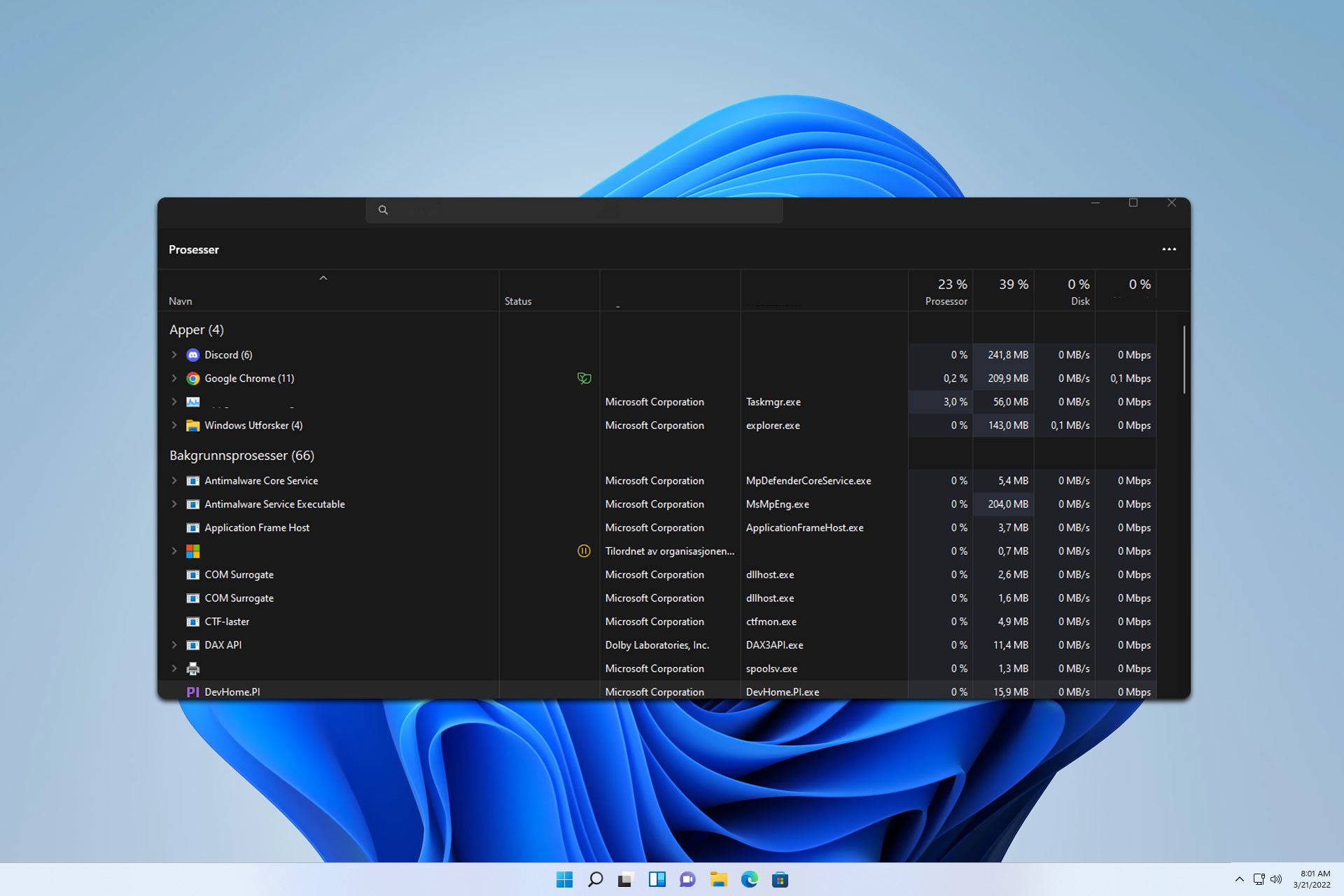Is it Safe to Use a Second-Hand SSD? (Pros & Cons)
Save costs on storage without compromising performance
6 min. read
Updated on
Read our disclosure page to find out how can you help Windows Report sustain the editorial team Read more

SSDs are known for their reliability and efficiency, but they’re not exactly cheap. As such, you may want to acquire a second-hand SSD card to meet your storage needs.
With faster write speeds and quick boot times, it’s a no-brainer why one would choose an SSD over an HDD. However, because of budget constraints, not everyone may be able to afford a new SSD.
Used or refurbished SSDs are a fraction of the cost of new ones; if you’re lucky, they work just as well.
What should I look out for when purchasing a second-hand SSD?
- Compatibility – Your second-hand SSD must augur well with your hardware and OS. If not, you’ll experience a lot of performance issues and risk losing data when an inevitable catastrophic crash happens.
- Health – We all know SSDs have a lifespan so purchasing a second-hand one means that its health is not at 100%. Luckily, you can check its health status and optimize it if need be to stretch out its lifespan a little longer.
- Manufacturer – A well-known and reputable brand is more likely to sell high-quality second-hand SSDs than unknown brands. Before settling on one, make it a point to check for reviews from previous buyers.
- Warranty – Just because it’s a second-hand SSD doesn’t meet it shouldn’t have a warranty. This coverage ensures your SSD is covered for any damages for a limited time while you use it.
- Security – A second-hand SSD should be appropriately formatted and all data from the previous user wiped out. This ensures your data will be secured once you store it.
What are the pros and cons of using a second-hand SSD?
Pros
1. Inexpensive
Used or refurbished SSDs are a fraction of the cost of new ones. To put it in perspective, you’d probably get a 2TB second-hand SSD for the price of a 256GB new SSD. Therefore, you’re getting more for less and excellent performance.
2. Sustainability
Getting a second-hand SSD extends the lifespan of these devices and aids in the recycling of electronic devices, promoting environmental sustainability. This circulation ensures minimal environmental impact when manufacturing new products.
3. High-performance metrics
Although used, a second-hand SSD is still far better than an HDD. SSDs are widely compatible with many devices, and their performance metrics are commendable. You also save on energy, as HDDs are energy monsters compared to SSDs.
Cons
1. Reduced lifespan
A used SSD has a finite lifespan because of the limited write cycles. Other factors like environmental factors, power surges and the workload also greatly reduce the lifespan.
You’re also unaware of the previous owner’s usage patterns and whether the SSD was exposed to excessive stress. If your refurbished SSD has been through a lot of wear and tear, you may only use it for a short period before it gives in and dies.
2. Compatibility issues
Whereas SSDs are compatible with most hardware, second-hand SSDs are usually older models incompatible with newer hardware. Further, they’ve been reconfigured and may lose some functionality that makes it harder to work with your device.
3. Hidden defects
Because a second-hand SSD had a previous owner, you can never be too sure whether you’re getting a legitimate product. There may be hidden defects even after passing all your inspection tests. What’s worse is that these defects may even be unknown to the reseller.
Over time, these defects may start manifesting slowly, and once your SSD starts to malfunction, your data will be at risk.
4. Short warranty period
New SSDs have a warranty period ranging from three to five years. Second-hand SSDs, if you’re lucky, have a warranty period of six months to one year.
Such short periods expose you to additional costs if the SSD malfunctions after the warranty period expires.
5. High risk of data loss
If you purchase your second-hand SSD from an unreliable or unauthorized reseller, there is a chance that previous data was not properly wiped out. Since such resellers do not have quality control, there’s a high risk that your SSD could be counterfeit.
If there is no quality control, there is no guarantee that your data will be safe. Your sensitive information could be exposed to unauthorized parties and risk data corruption from residual data or even software that collects it.
How long does a used SSD last?
Newer SSDs have a longer lifespan compared to used SSDs. However, depending on usage history, environmental conditions, workload, and overall health at purchase, your used SSD can last for a decent time.
Still, there are some best practices you can implement to get more out of your refurbished SSD, such as:
- Regularly update firmware – Your SSD manufacturer will release performance updates and bug fixes to enhance compatibility and reliability. Keeping up-to-date will extend its lifespan.
- Perform TRIM – Check how often you should perform a TRIM on your SSD to ensure garbage collection is done in time. This ensures your SSD has no unused data blocks.
- Back up data – You can never predict an SSD failure but when it slows down, you can assume these are symptoms. A reliable backup software can help mitigate any data loss risks.
- Data protection – Because you’re unaware of the SSD’s history, it’s good to have SSD encryption software to prevent any data breaches.
- Check health status regularly – Refurbished SSDs require health monitoring twice as much as new ones. You can use diagnostic tools to monitor health status and reliability.
Overall, purchasing and using a second-hand SSD is compelling, but you have to consider the pros and cons before making that decision. If it were up to us, we’d say go for it. Just emphasize acquiring reliable and functional products.
You’ll be saving money and still getting a high-performance and efficient product. However, if you’re not a fan of used products, we have a collection of the largest SSDs you can get your hands on so feel free to check it out.
For more second-hand items, you can also get your hands on a second-hand RAM or second-hand HDD.
We’re curious. Have you used a refurbished SSD before? What was your experience, and how long did you use it (or are you still using it?)? Share your experience with us and any pointers you would like us to know in the comment section below.








